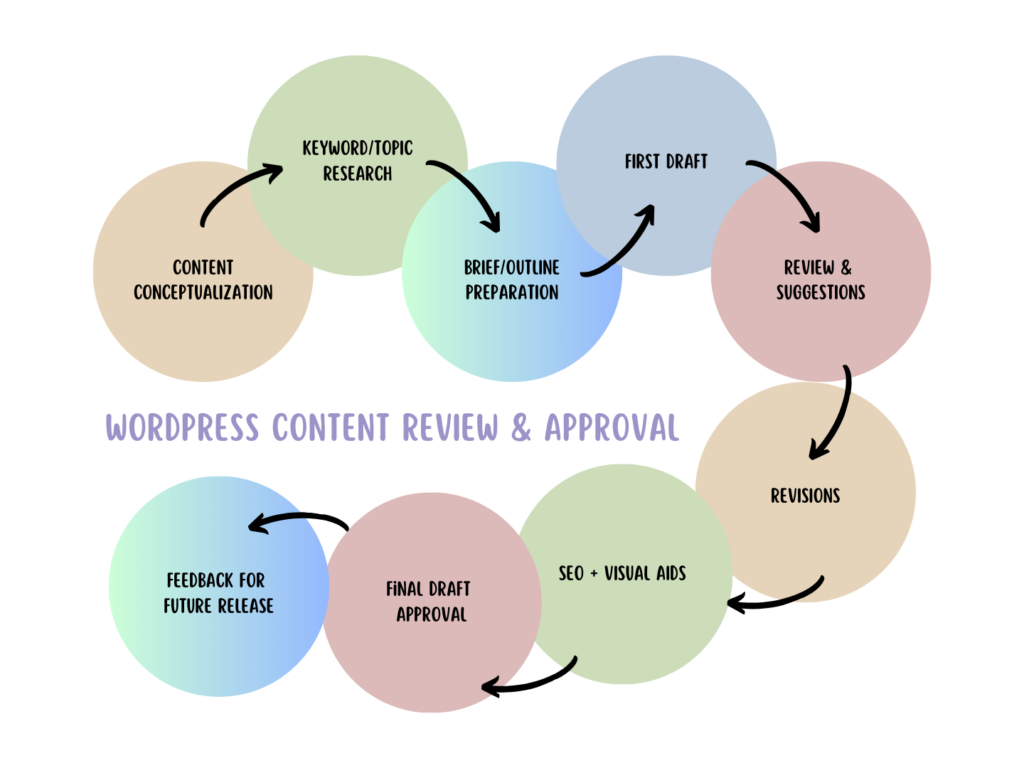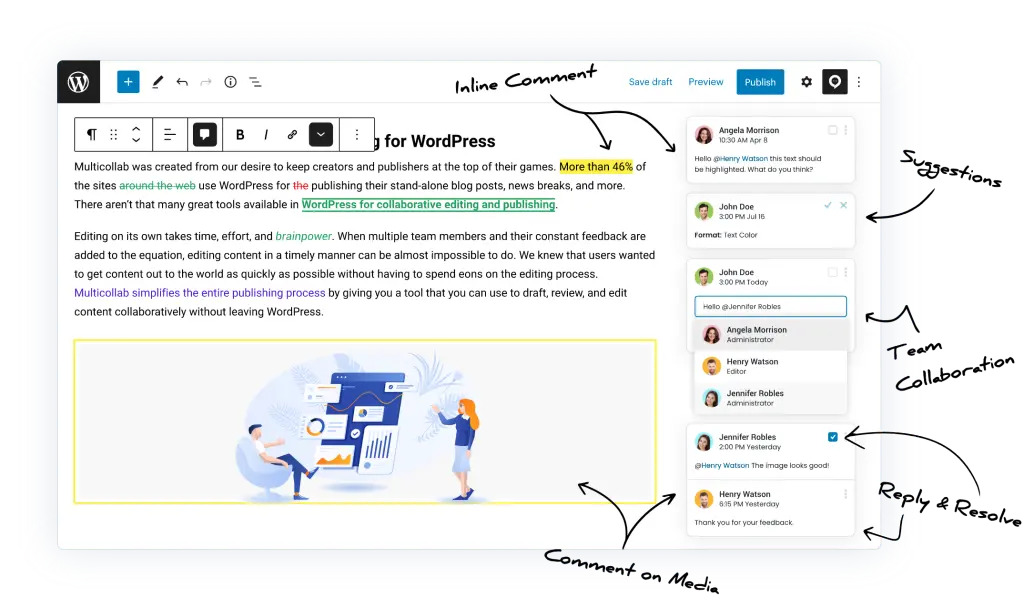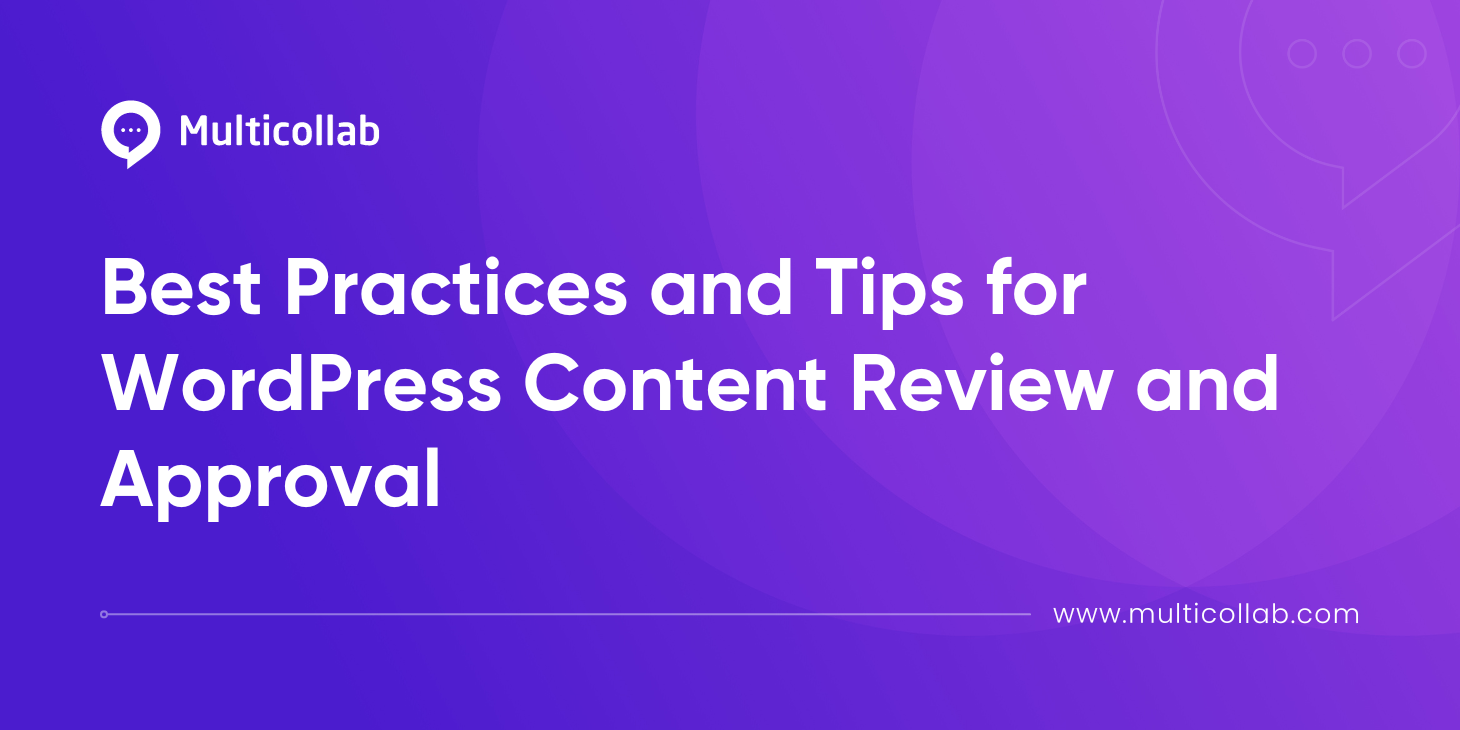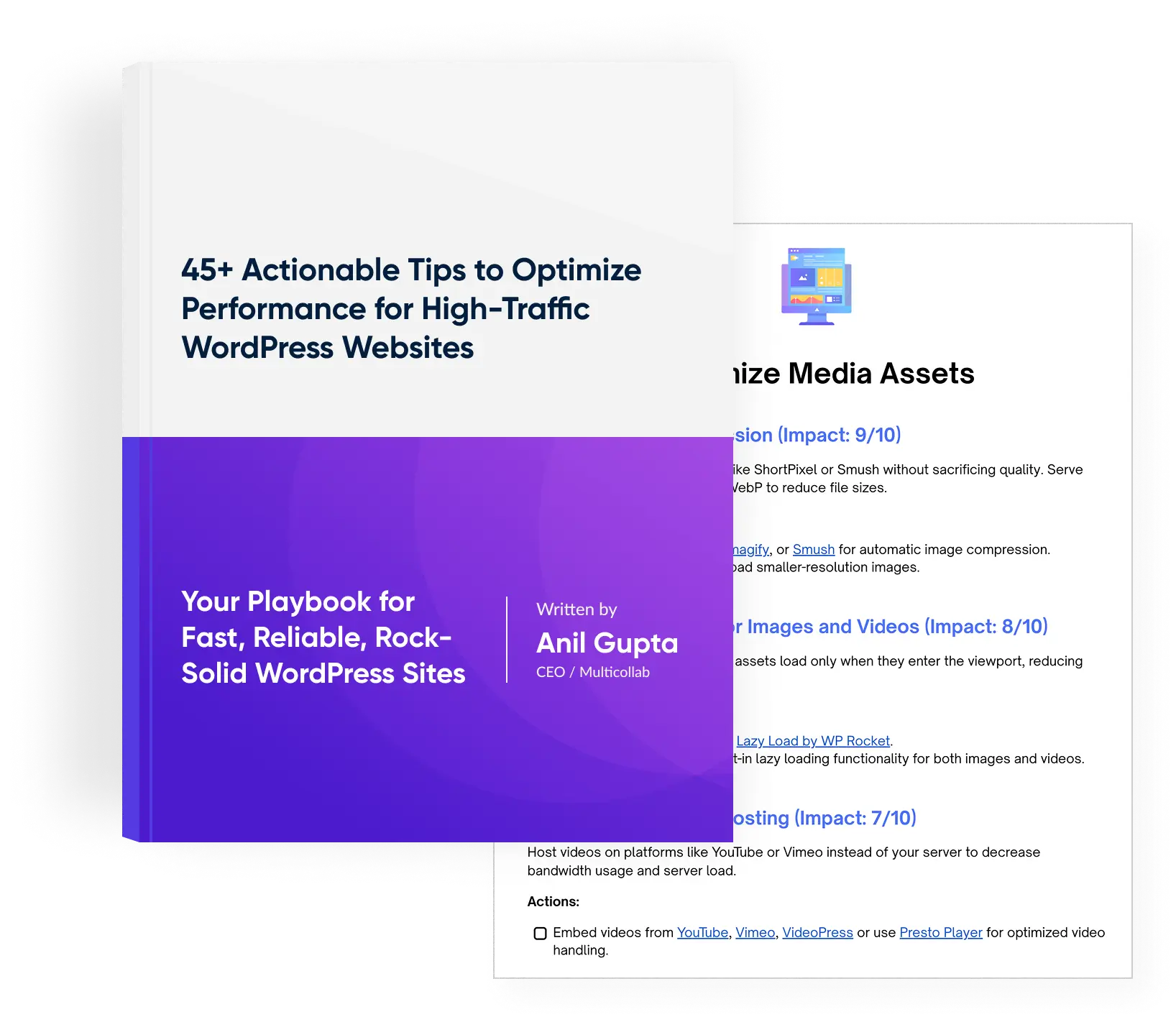Table of Contents
If you are a website owner, marketing manager, or someone who manages a content team, you probably know how important it is to ensure that the content quality is always top-notch. It becomes imperative that all the information presented as part of your site’s content is always accurate, reliable, and aligns with the brand’s messaging.
All of the content on your website should reflect your branding. A content workflow will enable you to check that each piece of content adheres to your branding guidelines. Maintaining brand consistency and upholding content standards will be much simpler with the help of a content approval workflow.
And, this is where content review and approval, as a process, play a pivotal role in maintaining the quality and reliability of content on websites. This process holds special significance for eCommerce and content-extensive sites where credibility and trust are paramount. Hence, all content created must always be evaluated and approved by multiple stakeholders before publication. This workflow is crucial for maintaining content quality, consistency, and accuracy.
Let’s look at what content review and approval workflow in WordPress looks like, along with some best practices to follow.
Understanding WordPress Content Review and Approval Workflows
A WordPress content review and approval process involves stages like content creation, review, and final approval before publication of blog post. Each stage has specific objectives and criteria.
Here’s what to consider when designing your unique WordPress content review and approval workflow.
- Workflow Stages: Content typically goes through multiple stages of approval, including initial review, editing, and final review, before it is deemed ready for publication. This ensures that content meets established standards and guidelines. Setting up a customized workflow ensures that all stages remain true to your requirements, and as a result, all resulting content is well-tailored and unique.

- Objectives for Content Creation: It is essential to set clear objectives for your content creation team to ensure that the produced content aligns with the overall goals and messaging of the website. Without defined objectives, content can appear disjointed and disorganized. This is also a pre-requisite when creating content for brand messaging.
- Quality Assurance: The approval process helps maintain high-quality content that aligns with brand guidelines and is optimized for SEO and user experience. It prevents the publication of content with errors or inconsistencies.
- Specifying Responsibilities in the Process: Defining roles in the content approval process is crucial. This includes content creators (drafting and submitting content), reviewers (evaluating content for accuracy and quality), and approvers (final decision on publishing). All team members must be aligned and well-informed about their roles and associated deliverables. This ensures transparency and accountability in the entire workflow, eliminating the chances of miscommunication.
- Choice of tools: To streamline the content approval process in WordPress, certain tools and plugins can be employed. These tools enable the customization of user roles and permissions, ensuring a smooth workflow. Multicollab is one of the best tools for WordPress teams looking to optimize their publishing process.
Learn How To Set Up A WordPress Content Approval Workflow
Five problems with the Traditional Content Review Process
The traditional content review process, often involving multiple rounds of manual review and feedback from multiple reviewers, can be fraught with challenges. Here are five common problems associated with this approach:
- Time-Consuming: Traditional content review processes are often time-consuming, involving multiple iterations of reviews and revisions. This can lead to delays in content production timelines, impacting deadlines and potentially affecting the overall project schedule.
- Version Control Issues: Managing different versions of content documents can be challenging. It’s common for reviewers to work on different copies of a document simultaneously, leading to version control issues and confusion regarding which version is the latest or approved.
- Lack of Collaboration: Collaboration among team members, especially if they are geographically dispersed, can be hindered by the traditional review process. Coordinating feedback from various stakeholders can be difficult, and the lack of real-time collaboration may result in miscommunication or delayed responses.
- Inconsistency in Feedback: Reviewers may provide inconsistent feedback due to differences in interpretation, priorities, or personal preferences. This can lead to confusion for the content creator who must navigate conflicting suggestions, potentially resulting in a longer review and revision cycle.
- Difficulty in Tracking Changes: Tracking changes and understanding the rationale behind specific feedback can be challenging in traditional content review processes. This lack of transparency can impede the learning process for content creators and make it difficult to address specific issues efficiently.
Pillars of an Efficient Content Review Process
When it comes to WordPress content creation, clear communication channels, timely feedback, and revisions are fundamental pillars of a successful content review process. These aspects ensure content is refined, accurate, and aligned with the intended messaging.
- Clear Communication Channels: Effective communication is essential for a seamless content review process. It ensures that all stakeholders are on the same page regarding expectations, guidelines, and objectives. To put that in motion, establish designated channels for your WordPress team’s communication, such as emails, project management tools, or collaborative platforms, to facilitate easy sharing of feedback and updates.
- Timely Feedback: Providing feedback promptly is crucial in maintaining momentum and productivity during the review process. Timely feedback allows content creators to address issues while the content is fresh in their minds, leading to more effective revisions. It also prevents unnecessary delays in the approval process, enabling content to be published in a timely manner.
- Revisions for Quality Improvement: Through iterations and revisions, content can evolve from initial drafts to polished, high-quality material that resonates with the target audience. Refining content and enhancing its quality allows for correcting errors, improving clarity, and optimising SEO and user experience.
- Optimizing the Approval Process: Automating routine tasks within the approval process can significantly reduce manual effort and increase efficiency. This can include automating notifications, reminders, and status updates to relevant stakeholders. Also, by incorporating A/B testing into the approval process, WordPress teams can make data-driven decisions about content elements such as headlines, images, calls to action, and more.
5 Best Practices for WordPress Content Review and Approval Process
- Define specific guidelines for content review, encompassing aspects like tone, style, accuracy, and compliance with relevant regulations and SEO guidelines as part of comprehensive content and SEO project management. These guidelines act as a roadmap for content creators and reviewers, ensuring that the content aligns with the overall objectives and standards of the project.
- Create a structured process that outlines the stages of content review and approval. This includes initial review, editing, and final review before publication. Clearly define roles and responsibilities for each stage to avoid confusion and ensure accountability. Additionally, set a clear timeline to maintain efficiency and meet deadlines.
- Take advantage of tools/plugins and review platforms to automate workflows. These tools streamline the review process for all the team members and provide version control, allowing for easy tracking of changes and revisions. Additionally, consider investing in an efficient WordPress collaboration plugin that facilitates seamless communication and collaboration among team members.
- It is recommended to engage relevant stakeholders from the outset of the content creation process. Their input and feedback are invaluable in shaping the direction of the content. Involving them early reduces the likelihood of major revisions later in the process. This collaborative approach ensures that the content meets the needs and expectations of all stakeholders.
- Foster a culture of continuous communication and feedback between reviewers and content creators. This creates a collaborative environment where ideas can be exchanged, questions clarified, and improvements suggested. Regular check-ins and open channels of communication help address any issues promptly, leading to a smoother content review and approval process.
Optimize your WordPress workflow with Multicollab
Multicollab can boost the efficiency of your content creation by making publishing 42% faster. Using Multicollab allows you to draft, edit, collaborate, and publish content directly on WordPress without the need to reformat.
By centralizing the approval workflow within WordPress, Multicollab enhances efficiency and eliminates potential inefficiencies associated with external collaboration and communication tools. The ability to create custom roles and permissions for authors, editors, and collaborators makes content reviews more efficient and incredibly fast.

Conclusion
Effectively managing content approval workflows is imperative for maintaining high-quality content. A streamlined and efficient WordPress content approval workflow helps you save time, improve productivity, and publish the best content possible.
And with the right content approval tool, you can streamline the process and ensure the content is of the highest calibre.
Multicollab can help with your content approval workflow; you can start a 14-day free trial here.







